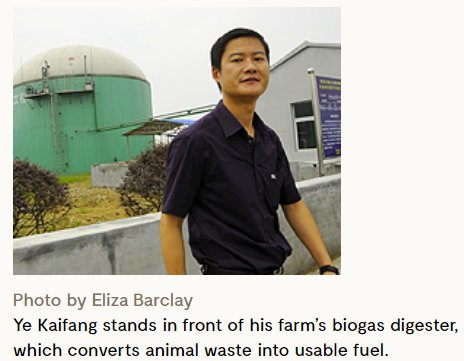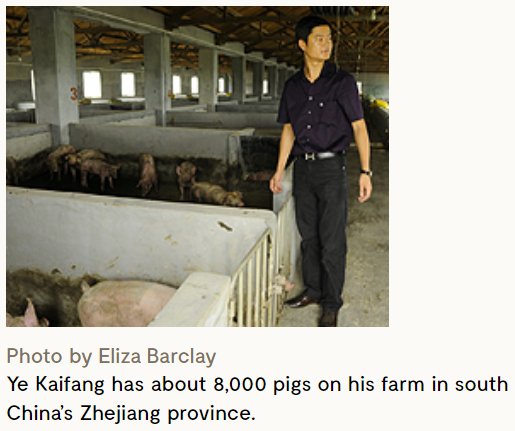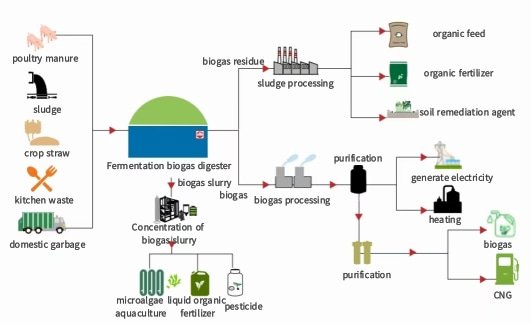Overseas Returnee Pig Farmer Ye Kaifeng: Pioneering a New Model of Transparent Ecological Farming and Anaerobic Digestion Energy Recycling
China’s livestock industry produces millions of tons of animal waste each year, posing a serious threat to water environments and releasing significant amounts of methane and other greenhouse gases. To mitigate pollution and promote clean energy, some large-scale farming enterprises have begun building biogas systems to convert waste into biofuel and organic fertilizer, aiming to develop an “ecological” model of industrialized livestock farming.

Ye Kaifang, a young farm owner from Cixi, Zhejiang, is a representative of this transformation. Rather than taking over the family business, he chose to invest in a modern pig farm with a capacity of 8,000 pigs. His farm is equipped with a biogas digester subsidized by the government, which treats wastewater from the farm and produces clean energy.
Ye believes that large farms, while meeting China’s growing demand for meat, can also better manage pollution and achieve green development.

The Chinese government is also promoting the transition to scaled-up livestock farming, arguing that large-scale farms have fewer pollution sources and are easier to regulate.
In environmentally conscious provinces like Zhejiang, pig farms above a certain size are required to install biogas systems. However, data shows that only about 3% of medium-and large-sized farms nationwide are actually equipped with proper waste treatment systems, indicating that environmental investment remains insufficient.
While biogas projects are effective in reducing chemical oxygen demand (COD) and certain pollutants, experts note that current technologies are still limited in removing ammonia nitrogen and phosphorus. In addition, the treatment of residual sludge requires large areas of land—a resource particularly scarce in China. The widespread use of antibiotics in large-scale farming also raises concerns about antibiotic resistance and public health risks.
Environmental advocates worry that biogas systems could be used to mask the environmental costs of mega-scale farming, and instead become tools to justify further concentration of livestock production. For example, some egg farms in suburban Beijing already house up to 3 million hens in a single facility. Researcher Nierenberg from the Worldwatch Institute points out that even with biogas systems in place, not all pollution problems can be fully resolved.
Nevertheless, new-generation farmers like Ye Kaifang remain confident that centralized and technology-driven farming is the future of the industry. “Only large-scale farms can ensure environmental protection,” he says. Whether this belief can truly deliver sustainable development goals, however, remains to be tested by time and practice.
